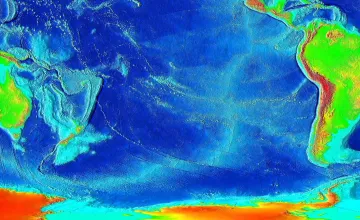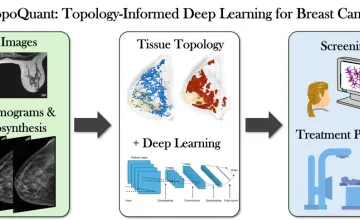AAU universities conduct a majority of the federally funded university research that contributes to our economic competitiveness, health and well-being, and national security. AAU universities are growing our economy through invention and innovation while preparing the next generation of scientists and engineers for global leadership. By moving research into the marketplace AAU universities are helping to create jobs, and provide society with new medicines and technologies.

UMD geologists uncovered evidence of a section of seafloor that sank into the Earth's mantle when dinosaurs roamed the Earth; it's located off the west coast of South America in a zone known as the East Pacific Rise.

Novel research supported by NCI could lead to more specific predictive disease models

A new University of Kansas study reveals parents seeking health care information for their children trust AI more than health care professionals when the author is unknown, and parents rate AI generated text as credible, moral and trustworthy.

Hypertension and amyloid plaques can separately cause dementia. Having both increases a person’s odds of developing cognitive decline, a new study finds
Explore More: University Research
You can filter stories by the university.
USC researchers have found that some cells — known as pericytes — preserve neurons in the brain, which can keep dementia and other cognitive disorders at bay.
A Stony Brook University research team has found that opioid poisoning rates have almost doubled from 2010 to 2016, among a more diverse population.
Mechanical engineering students at USC challenged themselves to make a robotic fish that not only swims like a real fish, but looks the part too, demonstrating the possibilities inherent to soft robotics.
Scientists at Stony Brook University are working to test how chemotherapy drug resistance evolves in the context of cell-cell differences.
Microdentistry is now part of the USC dental curriculum, and its focus on stopping cavities early and without drills can make a big difference for patients with dental anxiety.
